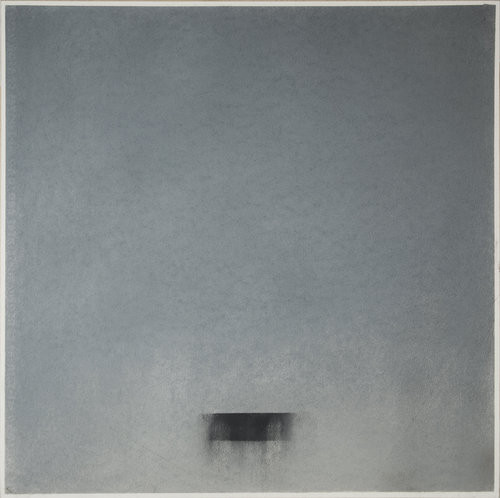Pier Vittorio Aureli
These pastels on paper are part of a large series developed during several years; in essence, they are landscapes. They play with the most fundamental datum of the landscape genre, which is the horizon line. In painting, the horizon line is the axis through which, in the last six centuries, every Western depiction of space has been constructed. The horizon line is the most artificial and arbitrary datum though which we produce representations of space, and yet it has become one of the most potent means of naturalizing our perception of space. All the conflicts, cracks, and contradictions that have produced the land as we see it are subsumed and equalized by the establishment of the horizon line. For centuries the horizon remained hidden behind elaborate compositions. It was only in17th century Dutch and Flemish landscape painting that the horizon line was made visible as the most explicit feature of the painting itself. In the paintings of Jan Porcellis, Jacob van Ruisdael and Pieter Snayers, the horizon becomes so overwhelming that it completely subsumes the vanishing point and any compositional feature that is not just the axis of the horizon. The Piccolomini pastels on paper push to the extreme this logic of the horizon and as such they attempt to offer a final meditation on the very tradition of landscape painting at the moment in which this genre has been abandoned by artists and is seen as outmoded and romantic. The series is named after general Ottavio Piccolomini for whom the Flemish baroque painter Pieter Snayers painted several battle scenes among which one of the most striking landscapes ever conceived – The Battle of Lützen (1632) – a painting that might have inspired one of the greatest paintings of the 17th century: Diego Velasquez’s Surrender of Breda (1634).
— Pier Vittorio Aureli, 2017
